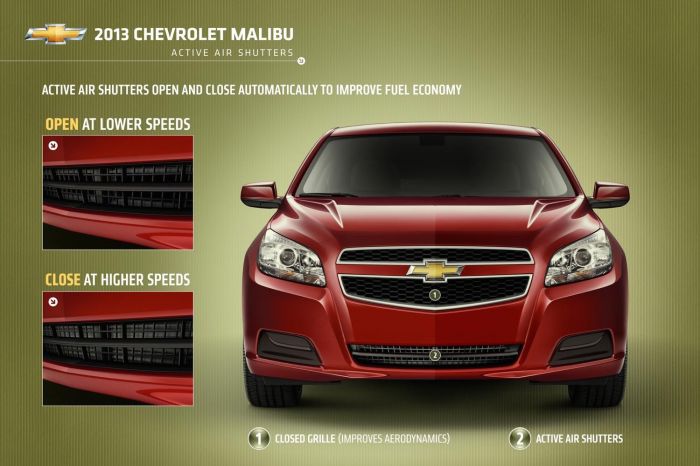

From Justluxe Content Partner CarExpert
The most aerodynamic shape available in nature is the teardrop.
Although certain experimental cars (such as solar racing ones) try and replicate it, designing a teardrop on wheels is tricky due to packaging concerns, along with other practical and regulatory issues.
A fact remains: the slipperier the shape the less drag on the car and, given the high speeds modern cars are capable of, this can bring significant efficiency benefits.
For electric vehicles in particular, a smoother shape can maximize the range offered by their batteries.
However, slipperiness isn’t always the primary goal.
For certain high-performance models, the objective at speed is to increase downforce and squeeze the car into the road for greater grip, better stability, and improved braking performance.
Active aerodynamics are a set of motorized parts aiming to balance the otherwise mutually exclusive, competing aerodynamic needs described above.
They help ensure the trade-off between efficiency and downforce is achieved in a particular driving situation.
Active front grilles
Active front grilles are perhaps the most common active aerodynamic feature available today, and are commonly found on relatively mainstream cars.
The active front grille responds to the cooling needs of the engine, electric motor, or battery sitting behind it. The system typically consists of motorized fins or vanes that can open or close.
At lower speeds, the engine or electric components are generally less stressed and require minimal cooling. As a result, the active grille is closed position, and the closed surface improves aerodynamics.
At higher speeds or in situations where the components are under higher load, the fins or vanes open to ensure the right amount of air can pass through and provide the necessary cooling.

Active front splitters
Active splitters operate to increase the downforce being applied to the front of the car, helping push the wheels into the tarmac and provide more grip.
In most cases, an active front splitter effectively constitutes a portion of the car’s lower front bumper connected to a series of actuators.

When required (typically at higher speeds, where more downforce provides greater dynamic benefits), these actuators are able to extend the front bumper below the rest of the bodywork, increasing the downforce applied through the ground effect.
The Alfa Romeo Giulia Quadrifoglio is one example of a car fitted with an active front splitter. In the Giulia, the front splitter extends downwards only during hard cornering at high speeds, with the feature remaining flush with the rest of the bodywork even whenever the car is being driven in a straight line.
Active rear spoilers
Behind active front grilles, active spoilers are perhaps the second-most common active aerodynamics feature. Usually the domain of performance cars (although in the past, active spoilers have also featured on saloons such as the Citroën C6), these are positioned at the rear of the vehicle.

The term active describes a spoiler’s modes of operation. In most cases, active spoilers can mechanically extend from the rear of the car.
Often they incorporate a multi-position tilt feature so the spoiler can be tilted upwards to a set number of spots. Like the front splitters described above, at lower speeds where a high level of downforce is unnecessary, the spoiler will remain in a closed position and sit flush with the bodywork to reduce drag.
At motorway speeds, active spoilers in vehicles such as the Audi TT extend to create downforce that pushes the rear wheels into the road, aiding high speed stability and grip, and providing the driver with added levels of confidence.
Some high-performance cars (typically supercars) are also able to use the rear spoiler as an air brake.
In this setting the spoiler tilts upwards almost to 90 degrees, sitting in a position where it is positioned almost perpendicular to the flow of air rushing around the vehicle.
Tilting the active spoiler upwards significantly increases the drag applied to the vehicle, thereby helping it brake more quickly.
Other recent innovations
One of the most notable innovations in active aerodynamics can be seen in the new Gordon Murray T50, which features a 400mm fan in its tail of the car coupled with active spoiler systems and a rear diffuser.
Driven by a light 48V motor, the system features two automatic and four driver-selectable models to optimize the aerodynamics for any given situation.

Overall, the system’s various modes mean downforce can be increased by up to 50 percent during braking scenarios, cutting stopping distance by 10 metres at 240km/h or higher, or reducing drag by 12.5 per cent in the system’s most efficient Streamline mode.









